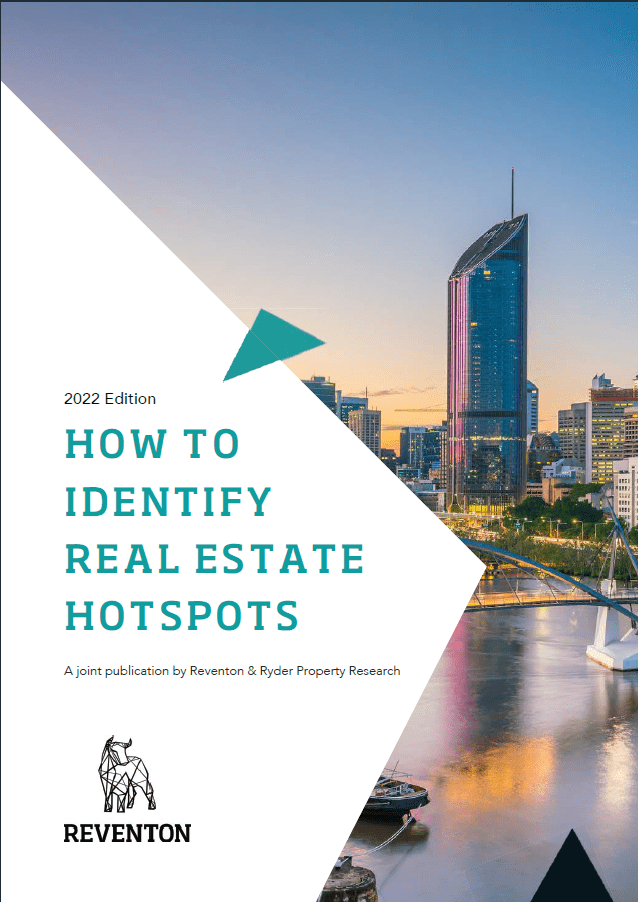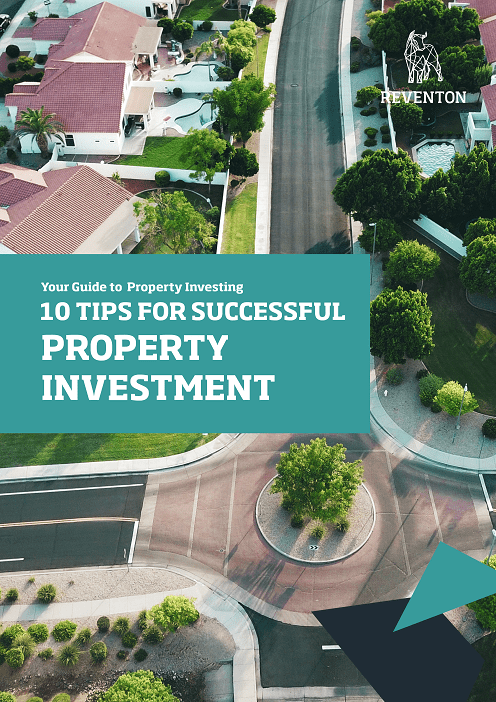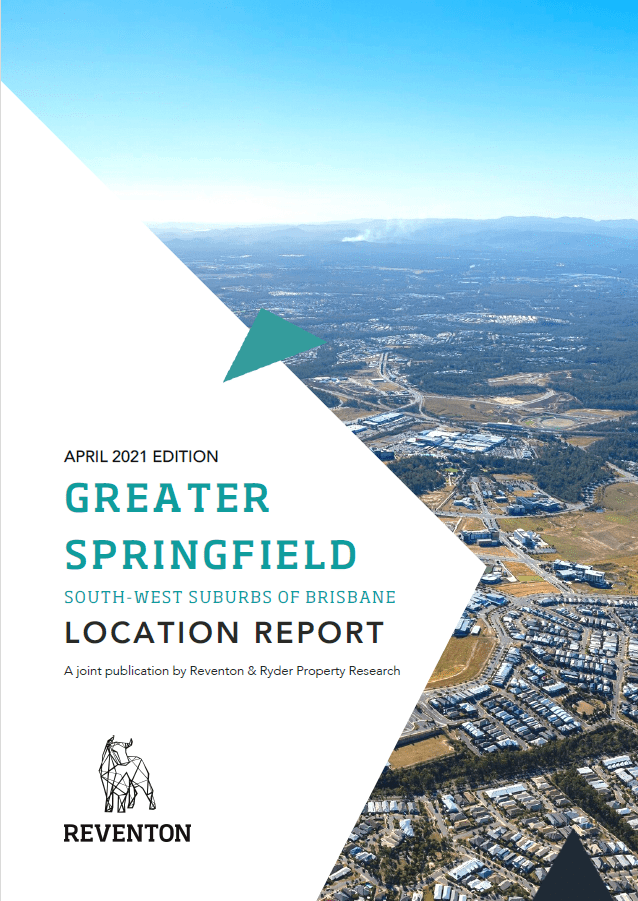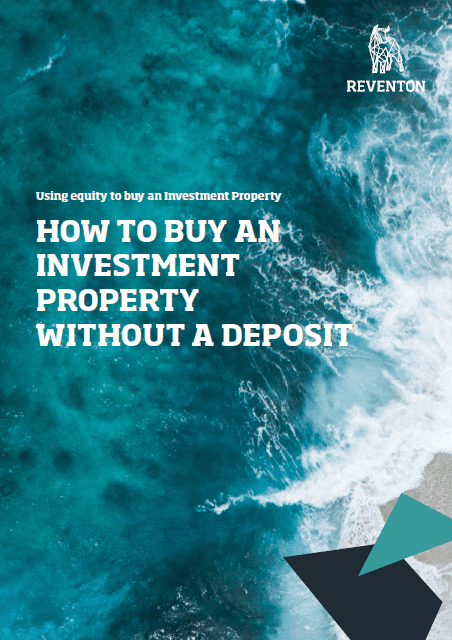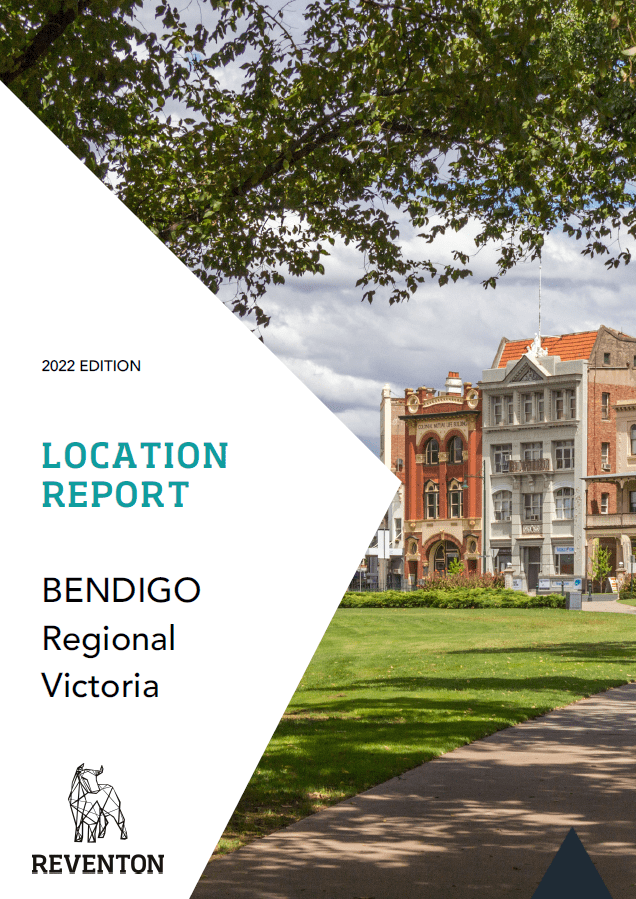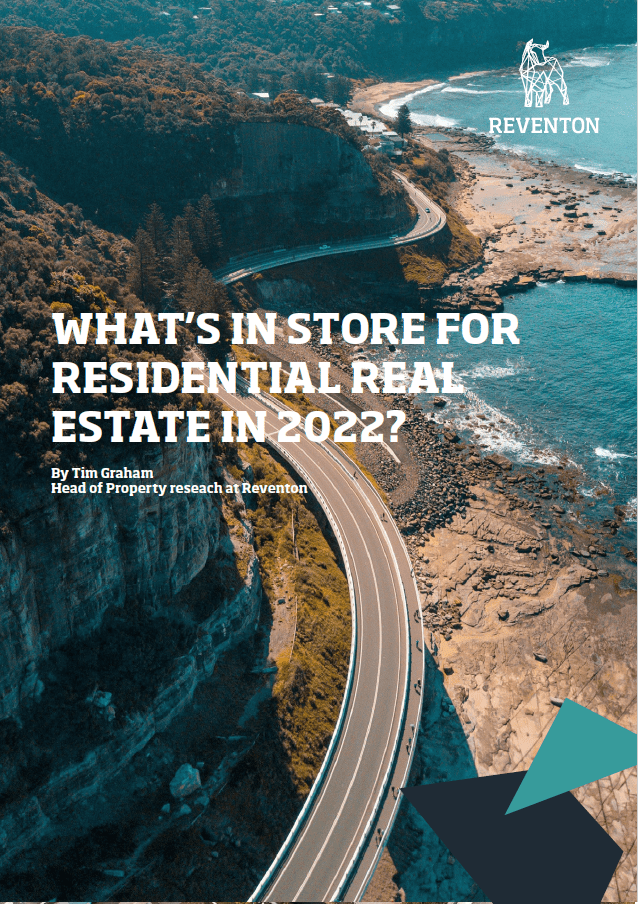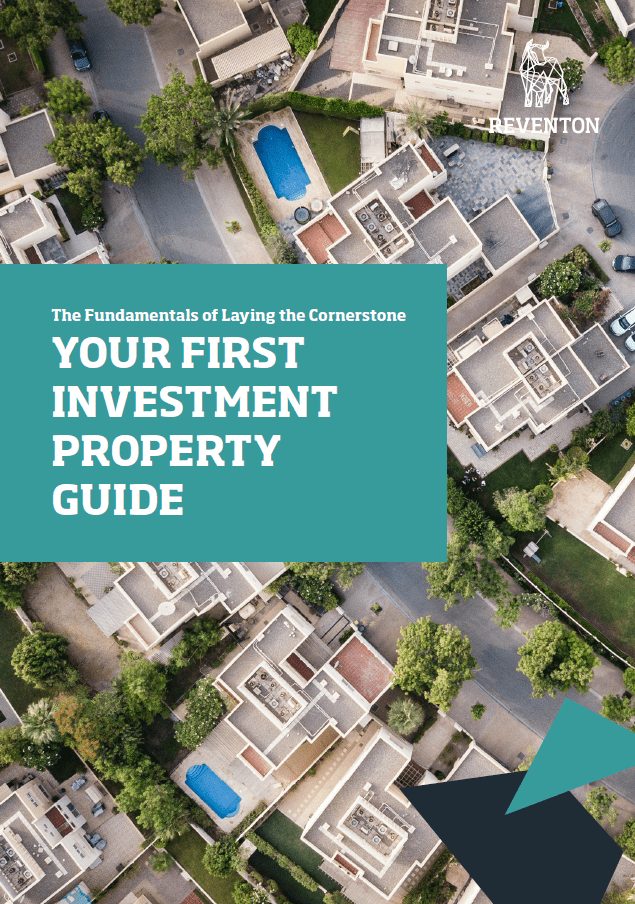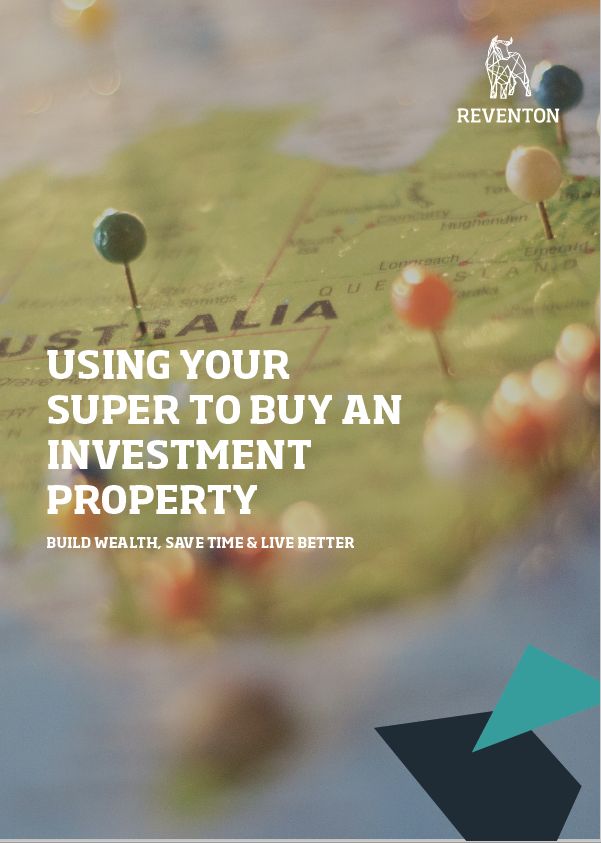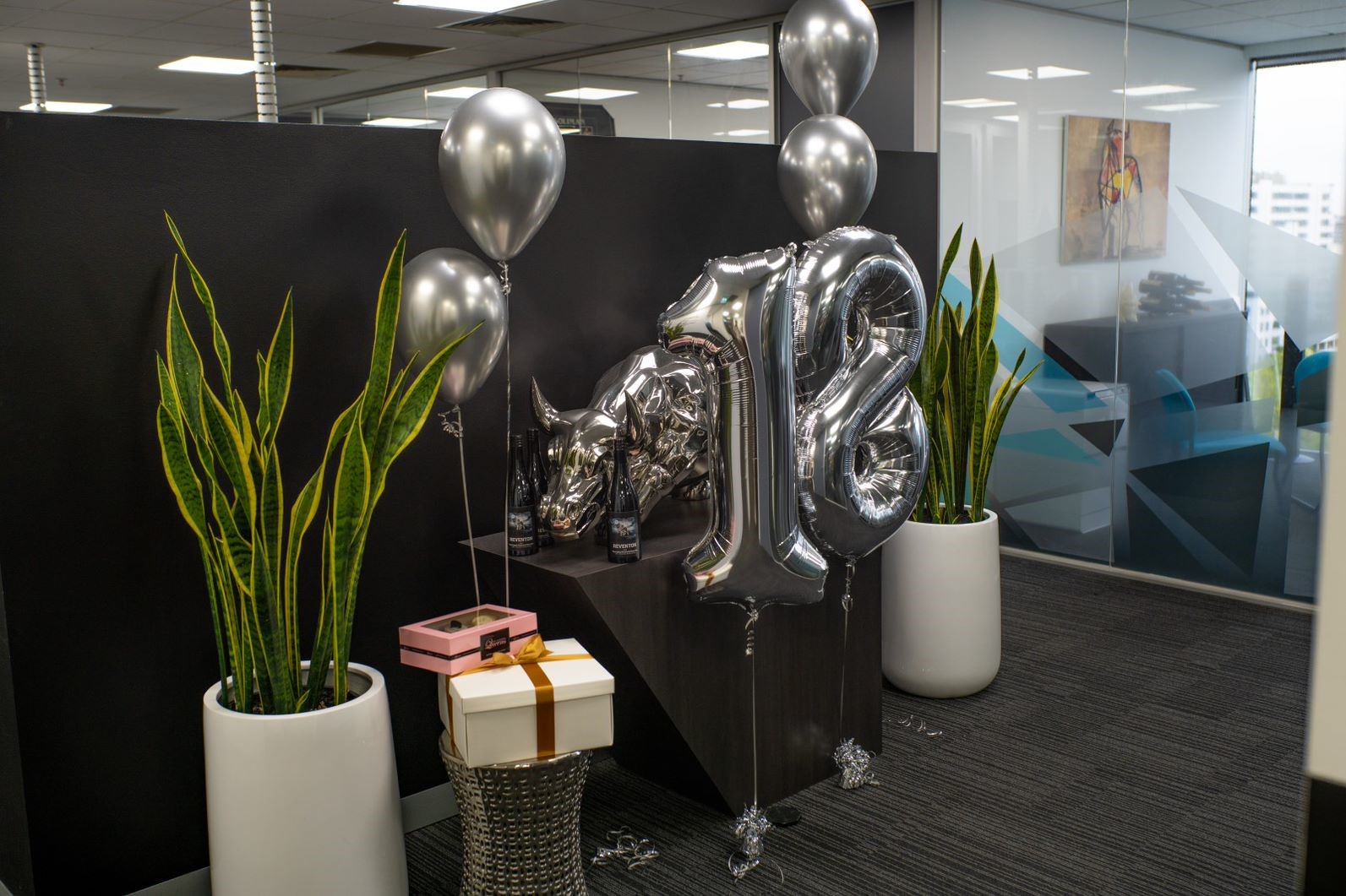We Lead The World On House Size

Australian homes are now among the biggest in the world. The United States is the only other nation which is building homes as large as ours.
Incoming president of the Australian Institute of Architects, Shannon Battisson, says the average floor space of a new freestanding home in Australia is now 229sqm.
According to CommSec research based on ABS data, the ACT has the biggest homes, at 259sqm. Victorian homes average 239sqm, New South Wales, 223sqm and Tasmania 177sqm.
The CommSec research reveals the large new homes are occupied on average by just 2.5 people, providing per person more living space than countries such as Ireland and the Netherlands.
It found the size of new houses across Australia has grown from an average of just 162sqm in 1985.
Battisson says such large homes have environmental impacts. “Even with the most efficient house, the bigger it is, the more energy it uses,” Battisson says. “There is really something to be said for designing only the amount of house you actually need. And that’s something Australians are not good at doing.”
She says there is a desperate need to stop filling our suburbs with homes designed around maximum size instead of building just enough.
Battisson has called for greater diversity in the type and size of houses and units.
Her comments come as the NSW annual architecture awards ask entrants to complete a mandatory sustainability checklist which includes factors such as floor area and occupants per square metre.
2021 Ended With Auction Records
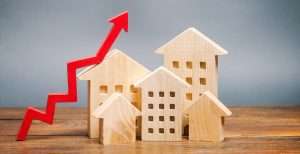
Australia’s auction market hit extraordinary levels at the end of 2021, with over 40,000 properties going under the hammer in the last quarter of the year.
CoreLogic says 42,918 properties went to auction across the combined capital cities in the December 2021 Quarter – an 85% increase on the previous quarter and more than twice as high as the December 2020 Quarter.
CoreLogic head of research Tim Lawless says the December Quarter was particularly active in the auction market as many capital cities came out of extended lockdowns.
“The large number of auctions held through that quarter also reflects the strong selling conditions that were present, which motivated vendors to capitalise on strong buyer demand and the significant rise in values seen through the pandemic,” he says.
Lawless says in the current market buyers are very competitive so auction is proving to be a successful sales method.
Melbourne and Sydney are Australia’s biggest auction markets, with Melbourne recording 19,788 auctions in the December Quarter with a clearance rate of 70% and Sydney 14,906 auctions also with a clearance rate of 70%.
Brisbane had 3,027 auctions with a clearance rate of 75%, Adelaide 2,902 auctions with a clearance rate of 80% and Canberra 1949 auctions with a clearance rate of 82%.
Building At Historically High Levels

Building activity has hit the highest levels ever, as the after effect of the Federal Government’s HomeBuilder scheme continues to flow through the economy.
Housing Industry Association economist Tom Devitt says official figures may not truly reflect the enormous scale of demand for new builds in Australia at the moment because lockdowns in some states resulted in restricted movements for a few months at the end of 2021.
He says September Quarter figures for building work from the ABS show a 16.5% drop in activity for new detached homes. But, he says, if lockdowns hadn’t delayed work for a few months, the figures would have been much higher.
“The constraint on home building is not demand but the availability of land, labour and materials,” he says.
“The shortage of labour and materials has led to construction timeframes increasing significantly.”
Despite the “lull” there were about 36,000 new house commencements in the September Quarter.
In addition, the number of new home unit commencements were up 12% on the same time the previous year. Tasmania (240%), Western Australia (37%) and Victoria (17%) all had increases in building commencements.
The figures also show a decade highest level of approved-but-not-yet-commenced work.
Devitt expects continued strong levels of building into 2023.
Household Savings Reach $260 Billion

Australians have finally started to spend some of those savings they’ve been squirreling away since they went into lockdown and international borders closed.
The Commonwealth Bank’s Household Spending Intentions Index in December was at its highest level since the start of the pandemic, with Australians planning to spend money on transport, travel, retail and household services.
Households have saved an average of 17.2% of their income since the start of the pandemic, according to the national accounts which were released in December. In dollar terms that means about $260 billion has been saved since the start of the pandemic.
By comparison, two years earlier households were saving about 6.1%.
While not all Australians have kept their jobs during the pandemic, the savings have still been extraordinarily high with fewer opportunities for spending.
As state-based lockdowns ended, Australians started to get their wallets out a bit more with ABS figures for November showing retail sales hit a record $33.4 billion – up 5.8% on the same time the previous year.
Unfortunately, the arrival of the Omicron variant has put a dampener on that. The Commonwealth Bank estimates consumer spending dropped about 3% in January.
Quote of the week:
“The rise in regional markets started some years ago, but the flexible work arrangements predicated by Covid, and people reassessing their lifestyle due to the pandemic, have accelerated the shift of people out of capital cities.”
PropTrack director of economic research Cameron Kusher
CoreLogic research director Tim Lawless
Thinking of buying an investment property? Book a free consultation with a Reventon property advisor today!
Talk to the Reventon team and we’ll give you all the guidance you need to be a successful at investing your money.

